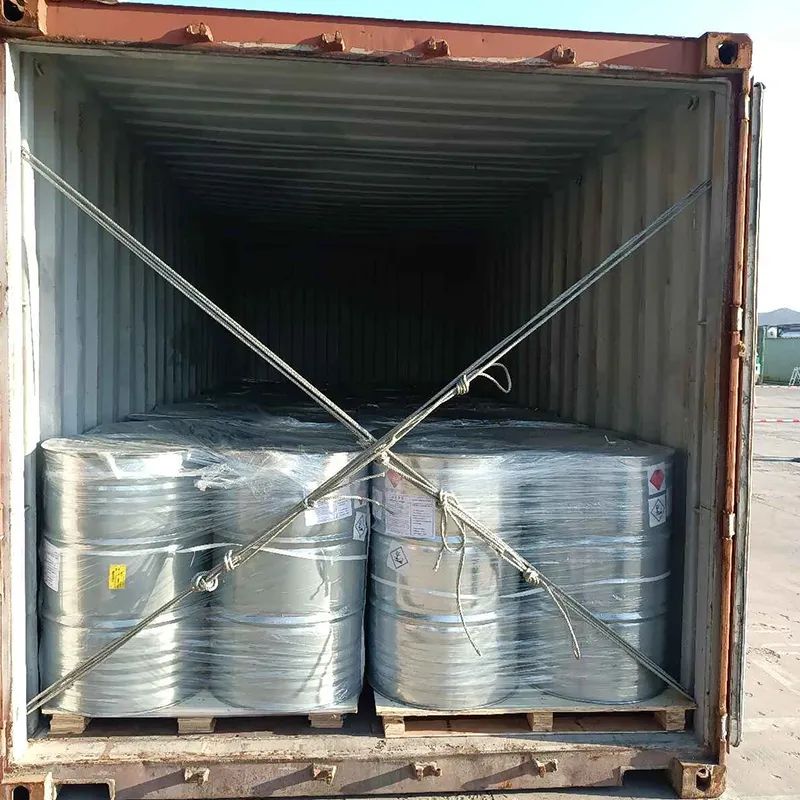
Exploring the Role of Gelatin as an Effective Emulsifier in Food Products
The Role of Gelatin as an Emulsifier
Emulsification plays a crucial role in various food industries, cosmetics, and pharmaceuticals. Among the many emulsifiers available, gelatin stands out due to its unique properties and multifunctional capabilities. Derived from collagen, a protein found in animal connective tissues, gelatin is widely used in creating stable emulsions that enhance the texture, stability, and sensory experience of various products.
Understanding Emulsification
Emulsification is the process of combining two immiscible liquids, such as oil and water, into a stable mixture. This stability is achieved by using emulsifiers, which are substances that can reduce the surface tension between the two liquids, allowing them to mix more effectively. Emulsifiers possess both hydrophilic (water-attracting) and hydrophobic (water-repelling) properties, enabling them to stabilize the mixture by forming a protective layer around the dispersed droplets.
Properties of Gelatin
Gelatin is a natural polymer that exhibits exceptional gelling and thickening abilities. One of its most notable characteristics is its amphiphilic nature, which means it can interact with both water and oil. This property makes gelatin an effective emulsifier. When mixed with water and oil, gelatin molecules can arrange themselves at the interface, stabilizing the emulsified droplets and preventing separation.
In addition to its emulsifying capabilities, gelatin also contributes to the mouthfeel and texture of food products. It adds a rich, creamy quality to desserts, sauces, and dressings, enhancing the overall sensory experience. Moreover, gelatin is flavor-neutral, which means it does not interfere with the taste of the products it is used in, making it a versatile ingredient in culinary applications.
gelatin emulsifier

Applications of Gelatin as an Emulsifier
1. Food Industry Gelatin is widely used in the food sector, particularly in products such as marshmallows, gummy candies, yogurt, and salad dressings. In these applications, gelatin not only stabilizes emulsions but also improves the texture and creaminess of the final product. Its ability to form gels also provides a desirable mouthfeel, making it a preferred choice for dessert-based formulations.
2. Cosmetics and Personal Care In the cosmetics industry, gelatin is incorporated into creams, lotions, and serums as an emulsifying agent. Gelatin helps to maintain the consistency and stability of cosmetic formulations, ensuring that oil and water-based components remain mixed. Its skin-friendly properties also make it suitable for various topical applications.
3. Pharmaceuticals In pharmaceuticals, gelatin is commonly used for making capsules. Gelatin capsules are favored due to their ability to dissolve easily in the stomach, releasing the active ingredients effectively. Furthermore, gelatin can also serve as an emulsifier in topical ointments and creams, ensuring that active pharmaceutical compounds are delivered uniformly.
Conclusion
The multifunctional role of gelatin as an emulsifier makes it an invaluable ingredient across various industries. Its unique properties allow for the creation of stable emulsions, enhancing texture and sensory attributes in food products, cosmetics, and pharmaceuticals alike. As consumers continue to seek natural and clean-label products, the demand for gelatin as a preferred emulsifier is expected to rise, further solidifying its importance in formulation science.
In conclusion, gelatin is not just a simple thickening agent; its ability to emulsify and stabilize mixtures while enhancing texture positions it as a key player in developing innovative products across diverse fields. Whether it's in a delectable dessert or a luxurious cream, gelatin's presence continues to be felt, demonstrating the power of nature in modern formulations.
-
nitrile-rubber-honoring-strict-production-standardsNewsAug.22,2025
-
aspartame-ingredients-honoring-food-safety-valuesNewsAug.22,2025
-
fertilizer-for-balanced-plant-nutritionNewsAug.22,2025
-
cyanide-gold-processing-with-high-purity-additivesNewsAug.22,2025
-
formic-acid-in-textile-dyeing-applicationsNewsAug.22,2025
-
aluminum-hydroxide-gel-in-skincare-productsNewsAug.22,2025
-
Regulatory Compliance for Global Mining Chemicals UseNewsAug.12,2025
Hebei Tenger Chemical Technology Co., Ltd. focuses on the chemical industry and is committed to the export service of chemical raw materials.
-

view more DiethanolisopropanolamineIn the ever-growing field of chemical solutions, diethanolisopropanolamine (DEIPA) stands out as a versatile and important compound. Due to its unique chemical structure and properties, DEIPA is of interest to various industries including construction, personal care, and agriculture. -

view more TriisopropanolamineTriisopropanolamine (TIPA) alkanol amine substance, is a kind of alcohol amine compound with amino and alcohol hydroxyl, and because of its molecules contains both amino and hydroxyl. -

view more Tetramethyl Thiuram DisulfideTetramethyl thiuram disulfide, also known as TMTD, is a white to light-yellow powder with a distinct sulfur-like odor. It is soluble in organic solvents such as benzene, acetone, and ethyl acetate, making it highly versatile for use in different formulations. TMTD is known for its excellent vulcanization acceleration properties, which makes it a key ingredient in the production of rubber products. Additionally, it acts as an effective fungicide and bactericide, making it valuable in agricultural applications. Its high purity and stability ensure consistent performance, making it a preferred choice for manufacturers across various industries.





